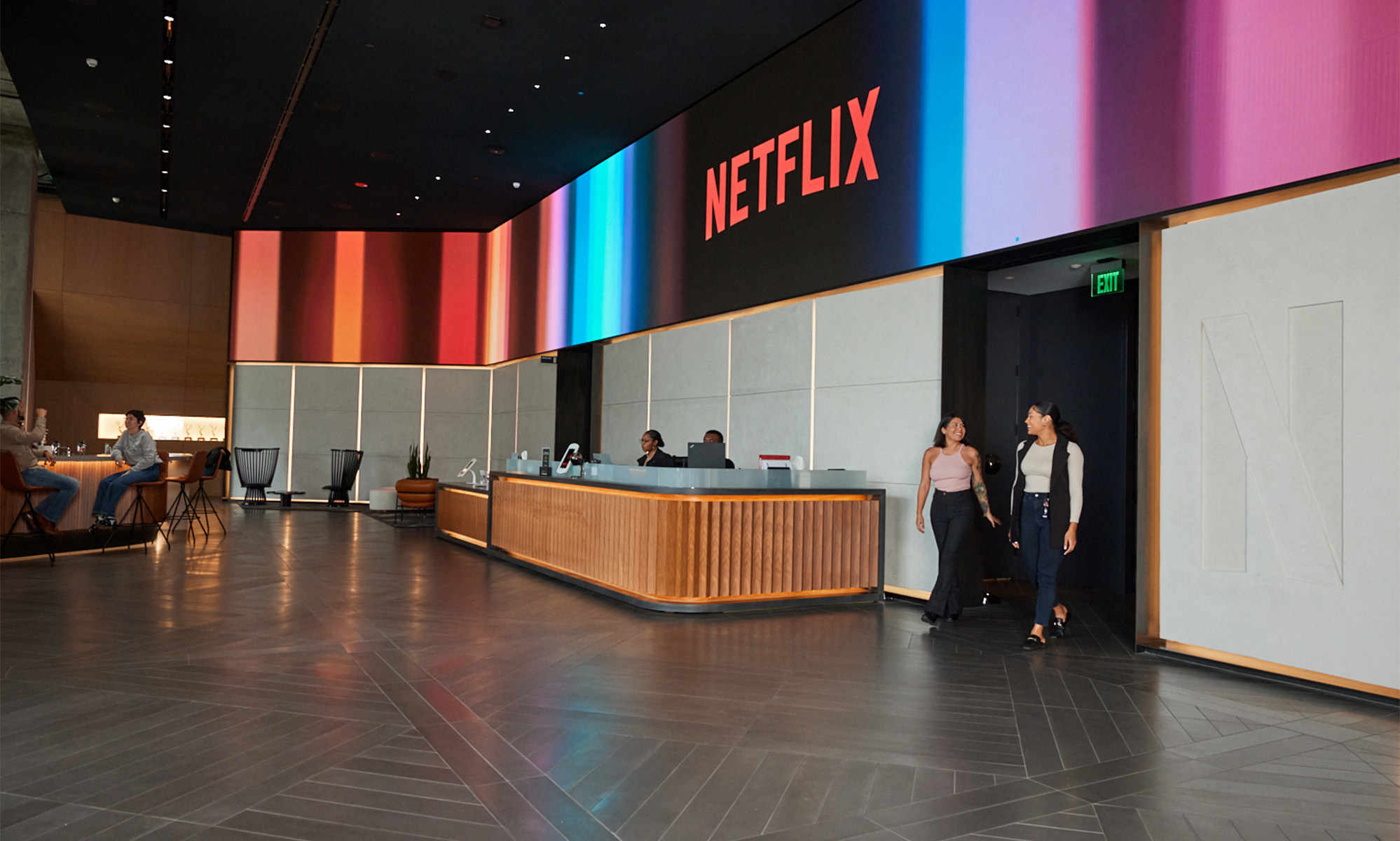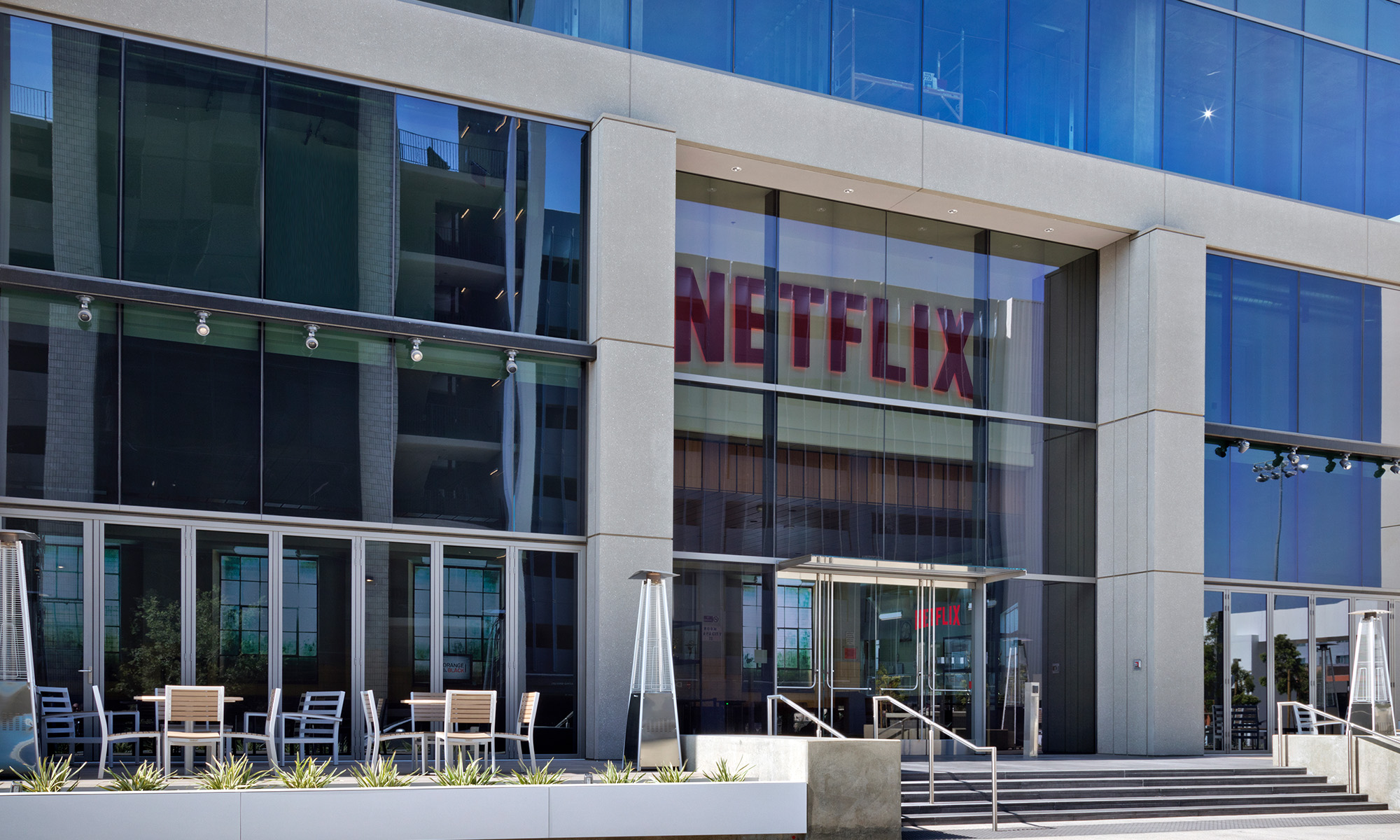Back in 2018, Netflix's (NFLX 1.98%) market cap briefly eclipsed Disney's (DIS +0.40%) in a symbolic milestone that epitomized the rise of streaming media. Netflix stock's inherent volatility soon brought the company's valuation back below the House of Mouse, which started to invest in direct-to-consumer streaming around that time.
The COVID-19 pandemic has now upended virtually every aspect of society and accelerated the consumer shift toward streaming as folks shelter at home to combat the virus. The outbreak is particularly brutal for many parts of Disney's legacy businesses, which has once again allowed Netflix's market cap to overtake Disney's as Netflix shares tap fresh all-time highs.
NFLX Market Cap data by YCharts.
The outbreak is having very different impacts on each business
The good news is that Disney's flagship streaming service, Disney+, has hit an impressive 50 million paid subscribers roughly five months after launching last November. The bad news is that Disney has a "unique vulnerability to COVID-19," according to Lightshed Partners analyst Rich Greenfield.

Image source: Disney.
Much of Disney's business is built upon a virtuous cycle of monetization. The company releases a hit movie in theaters, then licenses out the intellectual property to merchandise makers while creating related experiences at its theme parks (which are full of expensive merchandise). Throw in some spin-off content like TV shows that can be distributed through its media networks segment, and then recall that Disney cruises are a thing. The coronavirus throws a wrench into every part of that cycle.
It's also worth noting that Disney's streaming strategy is still very much in the early innings, which means the company continues to invest heavily for the long term. The direct-to-consumer and international segment posted an operating loss of $693 million last quarter, and that figure is expected to rise to around $900 million this quarter, according to CFO Christine McCarthy. Disney+ investments are the primary driver of all that red ink.

Image source: Netflix.
On the other hand, Netflix's business is far simpler. The company has only explored licensing merchandise related to its hit shows in recent years. It's still all about paid subscriptions with no advertising. Production halts might even lead to higher-than-expected free cash flow for Netflix in the near term, according to Evercore, and the company has already spent years building up a diverse catalog of original content, including the recent true crime hit series Tiger King. Analysts have been lining up behind Netflix all week, boosting estimates for subscriber additions ahead of the tech company's earnings release next week.
While Netflix and Disney have comparable market caps, their fundamentals remain worlds apart.
|
Metric |
Netflix |
Disney |
|---|---|---|
|
Revenue (TTM) |
$20.16 billion |
$75.13 billion |
|
Forward P/E |
66.2 |
24.8 |
|
P/S |
8.9 |
2.4 |
|
Total debt |
$16.4 billion |
$51.9 billion |
|
Debt/equity Ratio |
215.9 |
50 |
Data source: Yahoo! Finance. TTM = trailing 12 month.
It's clear that investors are pricing in high growth expectations for Netflix going forward, despite the fact that it's leveraged to the hilt. In fact, Netflix will inevitably point to its skyrocketing market cap as justification to keep levering up, a misguided rationale it has used for years. Can the video-streaming pioneer at least use that debt to meet investor expectations?








